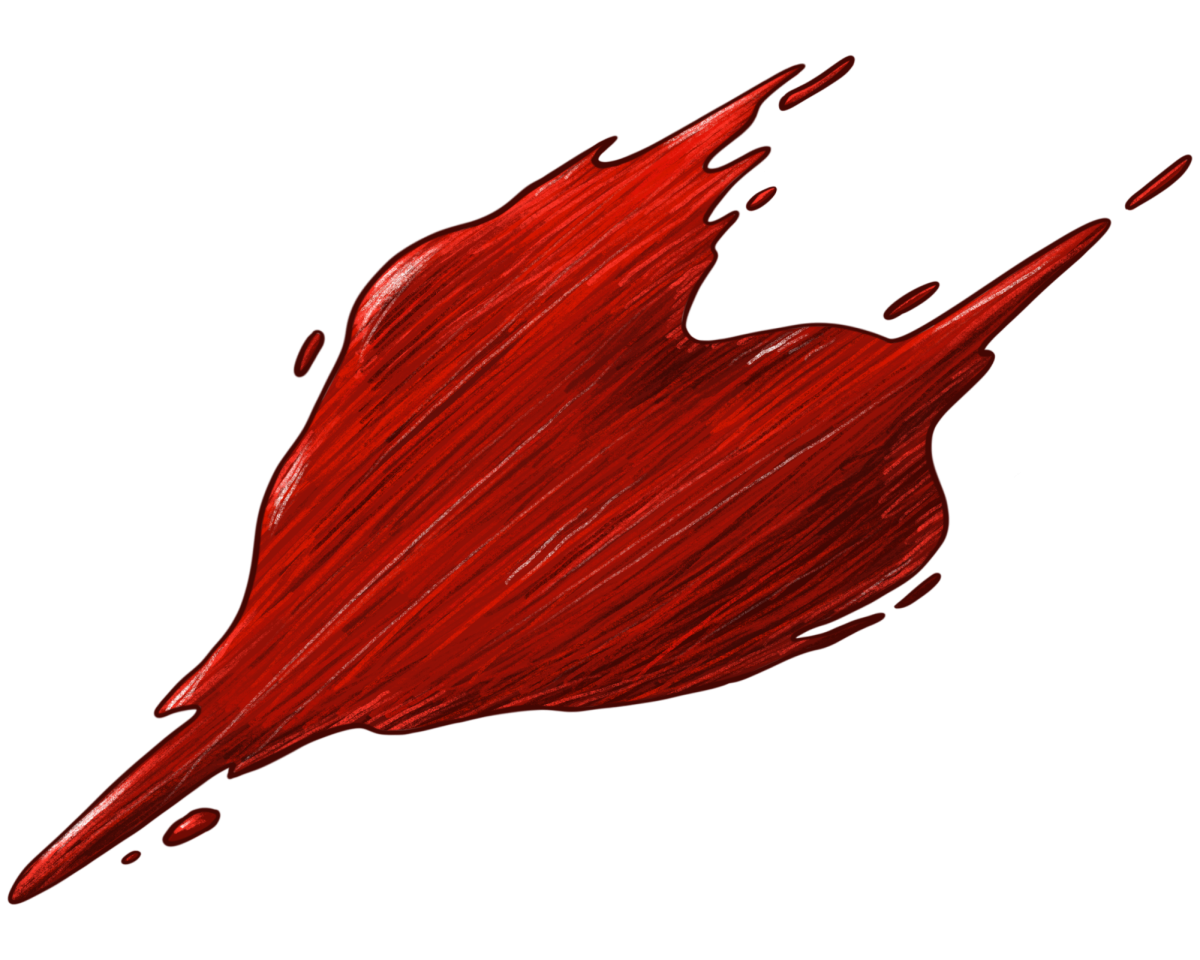As artificial intelligence (AI)’s offerings have multiplied, some animation studios have begun to make the most of them. At first thought, one supposes AI possesses the expansive strength to harm animators and graphic designers, in terms of job stability. Yet since it fails to bring real creativity to the table, AI poses no insurmountable threats.
It seems like graphic design gets more popular by the day. AI is beyond impressive, but its undeniable merits are not necessarily grounds for its permeation of character-driven ingenuity. The waters are muddied when it comes to AI’s global impact.
Understandably, digital media is more valued than ever, career-wise. Software firms, video game designers and film studios are three of the numerous employers pining after animators. Institutions and universities everywhere, including Florence’s University of North Alabama, give students the option to obtain a Bachelor of Fine Arts in Digital Media. At UNA, according to its website, the Digital Media program focuses on “current digital technologies used as tools for creative expression and communication.”
Over the course of the last twenty years, computer technology in general has become exceptionally capable. On a global scale, the mainstream workforce is notably digital, at least in part. Whether it is in marketing (online advertising), or management (cost-benefit analysis in real time), digital proficiency is a highly-valued skill in the business sector.
The ability to both concretely and creatively utilize software technology is often best used in animation. Through motion graphic design, messages are conveyed. Such messages can be those of companies, as in via user-friendly websites, or unique creators, in their artistic displays. Animated output often requires graphic designers’ input.
With the growth of computerized work has come the rise of AI. While AI’s integration into computer graphics could yield positive results, it has brought several philosophical issues into the public eye. It is often highly beneficial to intertwine artificial intelligence with one’s own. Nonetheless, in doing so, one risks their creative identity.
Consider AI in the animation industry. Animation is important to many thanks to its guarantee of a creative outlet. Its popularity can be traced directly to artists, amateur and professional alike. When contrasted against the emotion with which hand-drawn animation is imbued, highly-computerized/AI-generated animation seems lackluster.
Alex Gray, an animator who has been drawing digitally and by hand for nearly a decade, offers their two cents on the matter.
“Artificial creativity is cool, I will say that. But I wouldn’t credit a machine with being able to do the same sort of work as a real animator. There’s an authenticity to human creation that isn’t easily replicated.”
Gray was born in Washington, but they have moved all over the United States. A child of military parents, Gray has lived in Kentucky and Texas. They now reside in Alabama, where they have been since 2016. At age 11, they started drawing by repeatedly sketching pictures of dogs. Since then, they have expanded upon their artistry, now driven by character studies and imagination.
“I start with an idea, I think up a character. Next, I focus on animatics, storyboarding and working on frames,” said Gray of their creative process. Their drawings and animations are inimitable, whimsical with bold fantasy elements.
Controversially, two of the umbrellas covering the features of AI are those of the graphic design and animation businesses. On paper, it is evident automation is the way to go for any executive wishing to simultaneously lower costs and improve objective efficiency. But from a reflective standpoint, one can not help but worry about the elimination of true empathy from animated productions.
The immediate differences between human and artificial intelligence are growing harder to spot. Regardless, information system experts and everyday consumers alike worry that no amount of anthropological programming will be able to set AI up as a suitable stand-in for human enterprises.
The likelihood that AI keeps revolutionizing the world at large is high. Because it has the power to take any one image and transform it into another based on vague text input and web-spanning prior knowledge, AI opens all sorts of doors to aspiring animators with boundless ideas and limited manpower. However, traditional animators need not fear. As long as there are people, animated graphics will continue to be sought after for their compatibility with the human experience. Unfiltered mortal emotion is something with which AI simply fails to compete.
AI is a lot of things; imaginative is not one of those things. Equipped with specialized algorithms, AI-backed systems, when prompted, produce seemingly organic text and images. A robot might appear as though it painted a complex, abstract image, and a chatbot might give its conversation partner the illusion of intellectual discourse. That being said, AI does not authentically create. AI merely scans the Internet for creations from which to draw mechanized inspiration.
Maybe it would be best for animators to view AI as a tool, rather than a weapon of mass destruction. Graphic designers who decide to task artificially intelligent devices with monotonous or repetitive work free themselves the time and energy to optimize creativity without compromising their originality.




















Wen Ham • Aug 25, 2023 at 7:29 pm
AI may replicate but true art by a human painter with all mistakes is unreplaceable. AI may create but I as human search for human things to enjoy. I agree that AI is a very useful help in art.